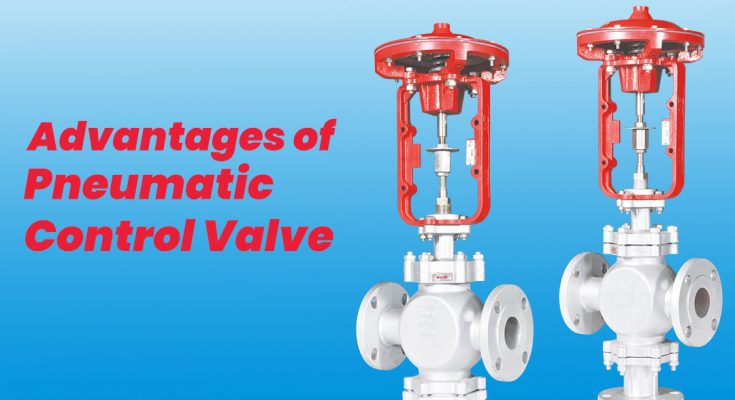Hello readers, as the title suggests, in this content we are going to discuss the benefits of a pneumatic actuator operated control valve over the electrical motorized actuator-operated Control Valve. First of all, here we’re gonna clear the term ‘actuator’. So what is an actuator in the valve industry?
The valve actuator is an instrument used for opening and closing a valve. Before the use of valve actuators, valves were operated manually. To operate them there was an operator required all the time to adjust them using a direct or threaded gear mechanism attached to the valve stem.
What is an Actuator?
Generally, an actuator is a device that runs on air pressure, hydraulic pressure, or electricity that helps to convert into physical movement and allows a valve to be adjusted remotely or allow acute operation of big valves.
These devices easily fit with any valve to operate without manual action. The actuators create two types of motion. The actuators create lining movement called a linear actuator and the other creates rotational movement called a rotary actuator. The valve is operated by an actuator called valve automation. As per the type of actuator, the valves are called with their names like a pneumatic valve, hydraulic valve, and motorized valve.
Because of these actuators, the valve industry has changed the track from manual operation to automation very quickly. Within a few years, most of the factories are using actuated valves to get the best result with minimal cost.
What is a Control Valve?
Control Valve is a device that is used to regulate or manipulate fluid flow. It surrenders all control over the fluid flow to the operator. The control valve can control temperature and pressure as well. In the past article, we have also focused on how the control valve works. As we can see, the control valve can monitor all phenomena of fluid flow. Control Valve can be operated by hydraulic pressure, pneumatic pressure, and electric motor.
Motorized Control Valve
The control valve used an electric actuator called a motorized control valve. There is a motor fitted over the valve with a stem connected to the valve plug or plunger that regulates the fluid flow inside the valve body. The electric motor acts as per receiving the signal from the controller. As per the command received from the controller the electric motor lifts the stem connected to the plunger inside the valve body and allows the fluid to flow out. The motorized control valves are available in 2 way and 3-way control valves.
Pneumatic Control Valve
Pneumatic control valves also work on the same basis as per the above we discussed. But in this control valve, an electric motorized actuator is replaced with a pneumatic actuator. The pneumatic actuated control valves are available in two types of pneumatic actuators, diaphragm, and cylinder. Both work on the same principle. The pneumatic control valve receives the signal from the controller and the diaphragm or cylinder lifts and releases the stem according to the signal. We have also published a full article on the Introduction of a 3-way Control Valve.
Advantages of Pneumatic Control Valve over the Motorized Control Valve
- The pneumatic controls are faster and give a quick response to the operator in comparison to the Motorized Control valve.
- The electric motor has a complex mechanism with gears and takes more time compared to the pneumatic actuator.
- Pneumatic actuators provide controls that are very good for exact controls compared to motorized actuators.
- To control a heavy or large valve, the motorized actuator will be bulky with a huge electricity load in comparison to the pneumatic actuator.
End
We discussed both actuators being used for control valves. In conclusion, pneumatic actuators are cheaper in comparison to others and require less maintenance in comparison to others.
